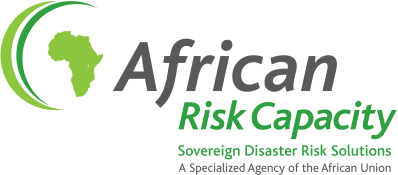How to tackle the funding gap for public health emergencies in Africa: piloting an innovative financing mechanism for outbreaks and epidemics
The Problem: A single Ebola outbreak in 2014-15 in West Africa resulted in over 11,000 deaths in Guinea, Sierra Leone and Liberia, with estimated overall economic impact of USD 2.8 billion in the three countries. Much of the human and economic devastation arising from this outbreak is attributed to slow and insufficient response, which in part is attributable to absence of adequate funds availed in time. It is estimated that if the appropriate response and funding in this outbreak had happened two months earlier, 80% of the fatalities could have been averted. Whereas outbreaks of this magnitude may be uncommon; the changing climate, increased ease and speed of cross-border population movements, emergence of new pathogens, and re-emergence of others pose a significant risk of global health security. The World Health Organization reports over one hundred public health events of varying magnitude and socio-economic effects annually in Africa. This, has steadily been rising over the past 4 decades and spiked in the past 20 years. The Solution: In 2015, African Ministers of Finance requested ARC to develop a product to address the financing needs of Member Countries to contain public health emergencies arising out of infectious diseases that are common on the continent. Building on its existing infrastructure and experience, the ARC Agency is introducing sovereign parametric insurance products for outbreaks and epidemics into its portfolio. This product is being designed to help strengthen the health systems, contribute to national capacity in risk profiling and response planning, and to ensure that slow and unpredictable funding does not continue to significantly impede on the ability of Member States and partners to adequately respond to outbreaks and epidemics, as recently encountered in West Africa. The Outbreak and Epidemic Insurance Programme piloted by the African Risk Capacity with funding from The Rockefeller Foundation and the Swiss Agency for Development and Cooperation, with strategic and technical support from the Africa Centers for Disease Control and Prevention and the World Health Organization Regional Office for Africa, recognizes the growing challenge faced by African Union Member States in addressing the risks posed by public health emergencies and aims to add a new parametric insurance product to the ARC’s portfolio which will provide:- A first road-block to a pathogen’s potential spread within and across national borders through better risk analysis, country preparedness, and improved planning and response;
- Strengthen the ability of African Union Member States to respond to in-country outbreaks and epidemics by providing funds linked to operational contingency plans, thus ensuring early and efficient action;
- Reduce over-reliance on external donor support through early intervention and slow the spread of an outbreak, allowing enough time for global initiatives and mechanisms to contribute to ongoing national responses.
Figure 1: Geographic distribution and epidemic potential of the four selected pathogens
 Source: World Health Organization. Regional Office for Africa. (2016). Mapping the risk and distribution of epidemics in the WHO African Region: a technical report. World Health Organization. Regional Office for Africa. http://www.who.int/iris/handle/10665/206560
|





